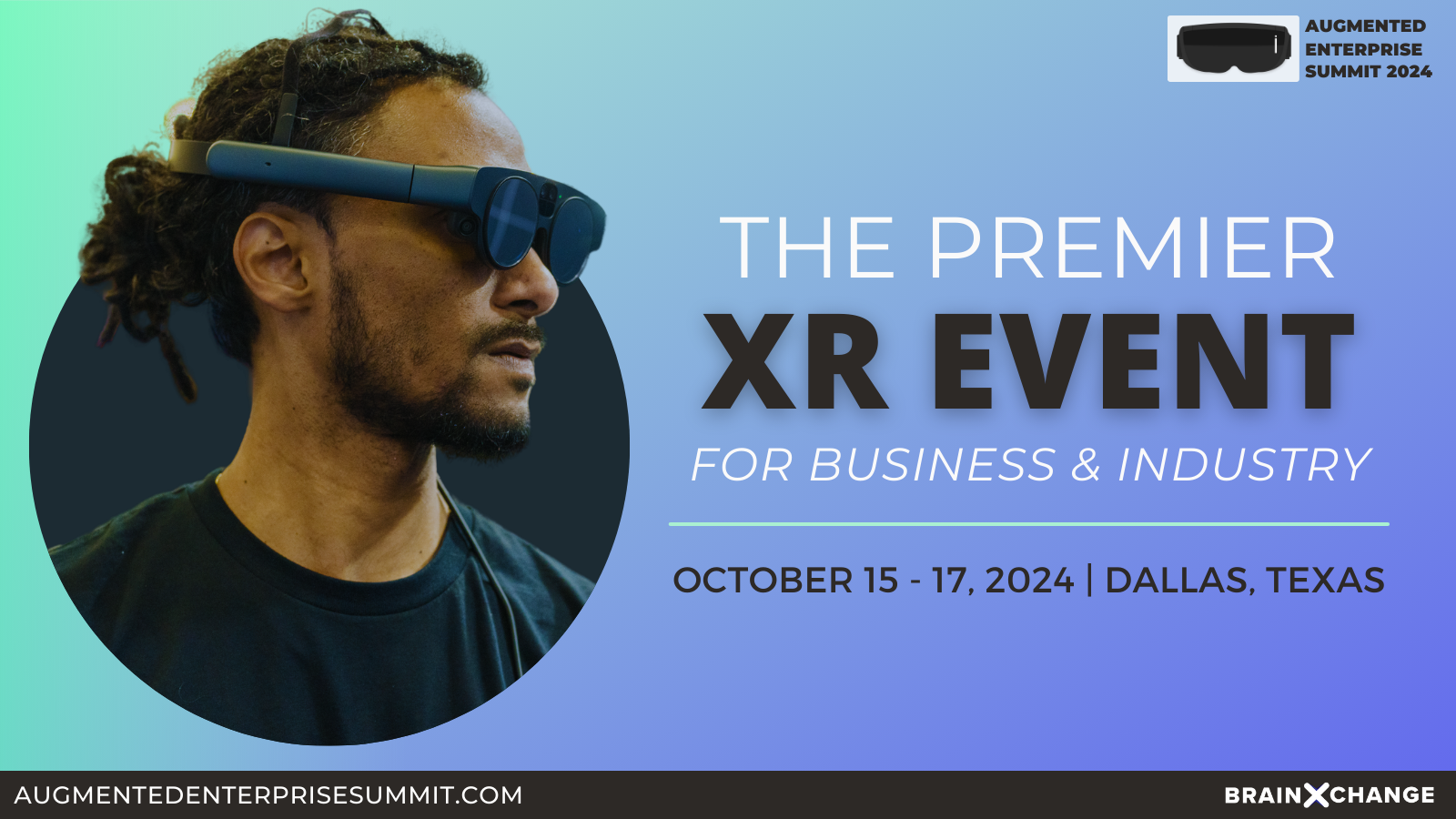March 5, 2024
As the labor market grows more and more competitive and workplaces become increasingly mobile and decentralized, HR departments across industries have been looking to extended reality to transform recruitment. The goal is to make the recruitment process more efficient, engaging, and effective in finding, vetting, and hiring the right people with the right skills.
Some of the earliest companies to experiment with XR in recruitment include Hyatt and Jaguar Land Rover. Way back in 2014-2016, Hershey, General Mills, ecommerce platform Jet, and the Commonwealth Bank of Australia all used augmented or virtual reality to show potential hires what it’s like to work for them and showcase their company culture.
Around 2016, German railway company Deutsche Bahn used VR to recruit for “less obvious jobs” available at the company, including track welders, traffic controllers, and civil engineers. Similarly in 2018, Hyatt used VR to introduce young at-risk candidates to entry-level roles at its hotels.
In one of the more interesting, even ingenious, use cases from 2017, Jaguar Land Rover teamed up with virtual band Gorillaz to discover new engineering and software talent. Essentially, they created a mixed reality challenge within the Gorillaz app to gain exposure among the group’s fans–a new, diverse talent pool for Jaguar.
Set in a virtual garage featuring iconic vehicles from the band’s history, the experience had two parts: In the first part, users assembled the Jaguar I-PACE Concept and learned about the benefits of electric vehicles (EVs). The second part was designed to engage budding electronic and software engineers: A series of code breaking puzzles tested skills like persistence and lateral thinking. The “best performers” were “fast-tracked through the recruitment process.”
More recently in 2021, MGM Resorts utilized Strivr’s VR training solution to let job applicants try out positions before accepting a role within the company in an effort to reduce employee turnover. Virtual job fairs are gaining in popularity, too: Last year, Fidelity Investments hosted two such events in the Glue app for which 500 people registered. Attendees wearing VR headsets communicated with Fidelity reps as (legless) avatars and learned about life at the company. For Fidelity, the experience was an opportunity to meet talent where they already are (online) as well as show off its metaverse innovation. Similarly, logistics company Hellmann hosted a virtual event on the Spatial platform to showcase its IT and digital departments.
Talent research firm Cappfinity has launched an entire division dedicated to professional VR applications. The company worked with Ernst & Young on a five-week hybrid program enabling interns to experience virtual client and strategy meetings and more, ultimately developing a catalog of standardized virtual rooms that clients can adapt for their own use.
University College of Dublin also worked with Cappfinity to develop an undergraduate course called “Virtual Reality for Future Skills.” Students wearing PICO VR headsets are put into simulations of different workplace scenarios and learn how to make the kinds of strategic business decisions that can’t be taught in a traditional classroom.
Conclusion:
AR/VR in recruitment is still largely experimental, though the technology shows great potential for both sourcing and assessing potential hires, in addition to making the recruitment process more engaging, effective, and sustainable. Moreover, HR professionals are increasingly using XR to onboard new employees, as those who go through XR training tend to remain in a job longer. Goodbye boring interviews, ineffectual job fairs, and orientation videos; hello spatial computing.
Image source: Virtualspeech


